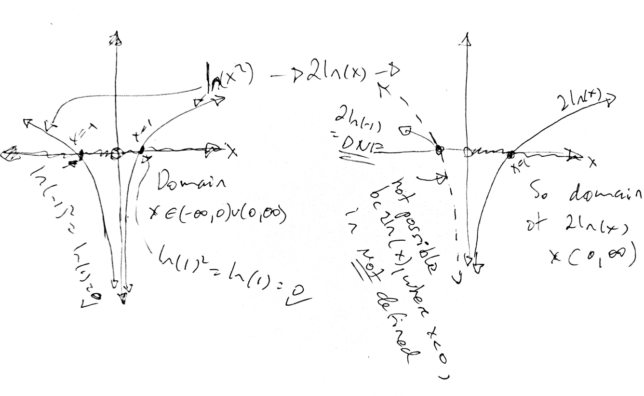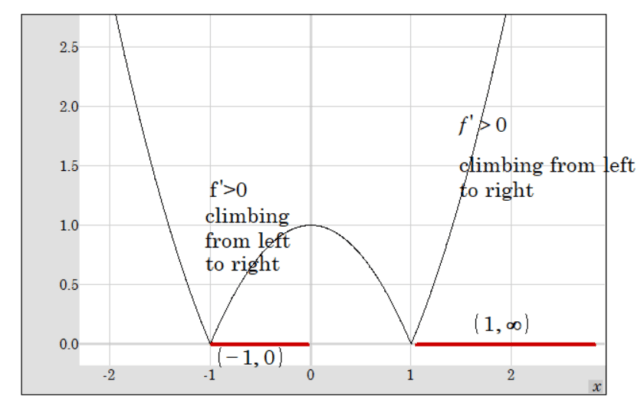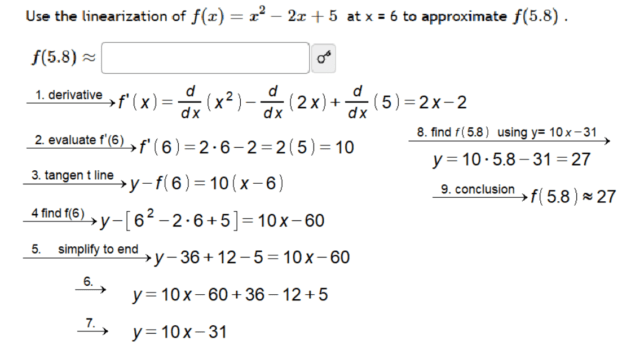Understanding Telescoping Series: Term Breakdown
Let’s explore a telescoping series by carefully breaking down its terms:
\( S = \sum_{n=1}^{\infty} \left( \frac{1}{n} – \frac{1}{n+1} \right) \)
Breaking Down the Terms
As we expand the series, we get:
\( S = 1 – \frac{1}{2} + \frac{1}{2} – \frac{1}{3} + \frac{1}{3} – \frac{1}{4} + \ldots \)
Notice that each fraction in the series is paired with its negative counterpart from the next term. Let’s understand why this happens.
Understanding the Cancellations
When we group the positive and negative terms together, the cancellations become evident:
\( S = 1 + \left( -\frac{1}{2} + \frac{1}{2} \right) + \left( -\frac{1}{3} + \frac{1}{3} \right) + \ldots \)
Each pair of terms within the parentheses cancels each other out, leaving us with:
\( S = 1 \)
Understanding the Result
The telescoping series simplifies to a single term: 1. This might seem surprising, but it’s a result of the strategic pairing of terms.
Even though the individual terms vary, their differences lead to a remarkable cancellation pattern, resulting in a constant sum.
This breakdown illustrates how terms combine and cancel to achieve a seemingly unexpected outcome, shedding light on the nature of telescoping series.
Level 1 Telescoping Series
A level 1 telescoping series is a series where many terms cancel out, leaving only a few terms to determine the sum. A classic example is:
\( S = \sum_{n=1}^{\infty} \left(\frac{1}{n} – \frac{1}{n+1}\right) \)
This can be expanded as:
\( S = \left(1 – \frac{1}{2}\right) + \left(\frac{1}{2} – \frac{1}{3}\right) + \left(\frac{1}{3} – \frac{1}{4}\right) + \ldots \)
Now, let’s look at the cancellation process:
- The \(-\frac{1}{2}\) in the first term cancels with the \(+\frac{1}{2}\) in the second term.
- The \(-\frac{1}{3}\) in the second term cancels with the \(+\frac{1}{3}\) in the third term.
- The \(-\frac{1}{4}\) in the third term cancels with the \(+\frac{1}{4}\) in the fourth term.
- And so on, with each negative fraction canceling with the corresponding positive fraction in the next term.
After all the cancellations, we are left with the first term of each parenthesis:
\( S = 1 \)
The sum of this telescoping series is 1, as all other terms have canceled out.
Telescoping Series: Understanding the Summation Process
In a telescoping series, we often sum up to a finite number of terms (N) to understand the pattern and behavior of the series. Once we have the expression for the sum of the first N terms, we can then take the limit as N approaches infinity to find the sum of the infinite series.
Consider the finite sum of the first N terms:
\( S_N = \sum_{n=1}^{N} \left( \frac{1}{n} – \frac{1}{n+1} \right) \)
Expanding the series, we see:
\( S_N = \left( \frac{1}{1} – \frac{1}{2} \right) + \left( \frac{1}{2} – \frac{1}{3} \right) + \ldots + \left( \frac{1}{N-1} – \frac{1}{N} \right) + \left( \frac{1}{N} – \frac{1}{N+1} \right) \)
Now, we can see the cancellation pattern, and what’s left is:
\( S_N = 1 – \frac{1}{N} + \frac{1}{N} – \frac{1}{N+1} \)
The \( \frac{1}{N} \) and \( -\frac{1}{N} \) cancel each other out, leaving:
\( S_N = 1 – \frac{1}{N+1} \)
Now, to find the sum of the infinite series, we take the limit as N approaches infinity:
\( S = \lim_{N \to \infty} S_N = \lim_{N \to \infty} \left( 1 – \frac{1}{N+1} \right) = 1 \)
The key to understanding the disappearance of the \( \frac{1}{N} \) part is to recognize the cancellation pattern and to see how the terms pair up to cancel each other out. By carefully tracking each term, we can see how the series collapses to a simple expression, and then we can find the limit as N goes to infinity.
Telescoping Series: A Detailed Breakdown
Consider the series:
\( S = \sum_{n=1}^{\infty} \left( \frac{1}{2n-1} – \frac{1}{2n+1} \right) \)
We’ll break down the sum into the first N terms and then analyze what happens as N approaches infinity:
\( S_N = \sum_{n=1}^{N} \left( \frac{1}{2n-1} – \frac{1}{2n+1} \right) \)
Expanding the Sum
When we expand the sum, we notice that many terms cancel out:
\( S_N = 1 – \frac{1}{3} + \frac{1}{3} – \frac{1}{5} + \frac{1}{5} – \frac{1}{7} + \ldots – \frac{1}{2N+1} \)
The pattern continues, with every positive fraction being followed by the same negative fraction, except for the first term and the last term.
Understanding the Last Term
After all the cancellations, we’re left with:
\( S_N = 1 – \frac{1}{2N+1} \)
The last term, \(\frac{1}{2N+1}\), becomes smaller and smaller as N increases. It represents the remaining fraction after all the cancellations.
For example, when N=100, the last term is \(\frac{1}{201}\), and when N=1000, it’s \(\frac{1}{2001}\). As N goes to infinity, this term approaches zero.
Finding the Infinite Sum
To find the sum of the infinite series, we take the limit as N approaches infinity:
\( S = \lim_{N \to \infty} S_N = \lim_{N \to \infty} \left( 1 – \frac{1}{2N+1} \right) = 1 \)
The last term \(\frac{1}{2N+1}\) vanishes as N goes to infinity, so the sum of the infinite series is 1.
This detailed explanation helps to understand how the last term behaves and why it doesn’t affect the sum of the infinite series. The telescoping series collapses to a simple expression, and the last term becomes negligible as we consider more and more terms.









